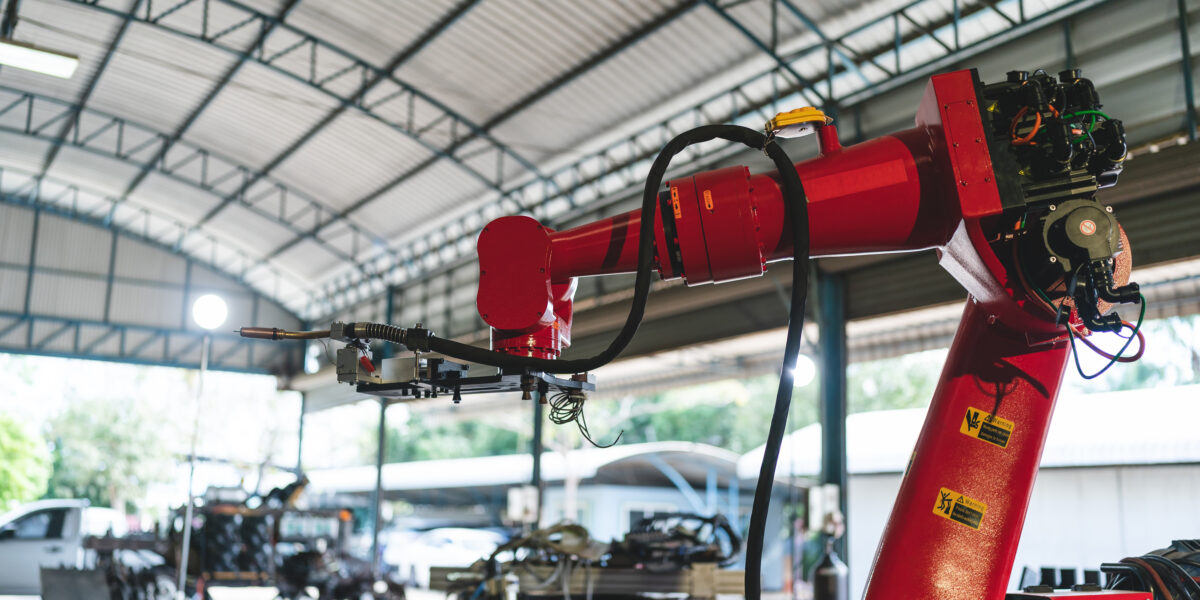Staying up to date with trends in risk assessment is of paramount importance. As world technologies advance, so do safety management practices.
This article will explore the future of risk assessment and highlight the trends to watch, with a specific focus on industries such as oil and gas, mining, manufacturing, energy, construction, and other high-risk sectors.
Trend 1 – Big Data and Predictive Analytics
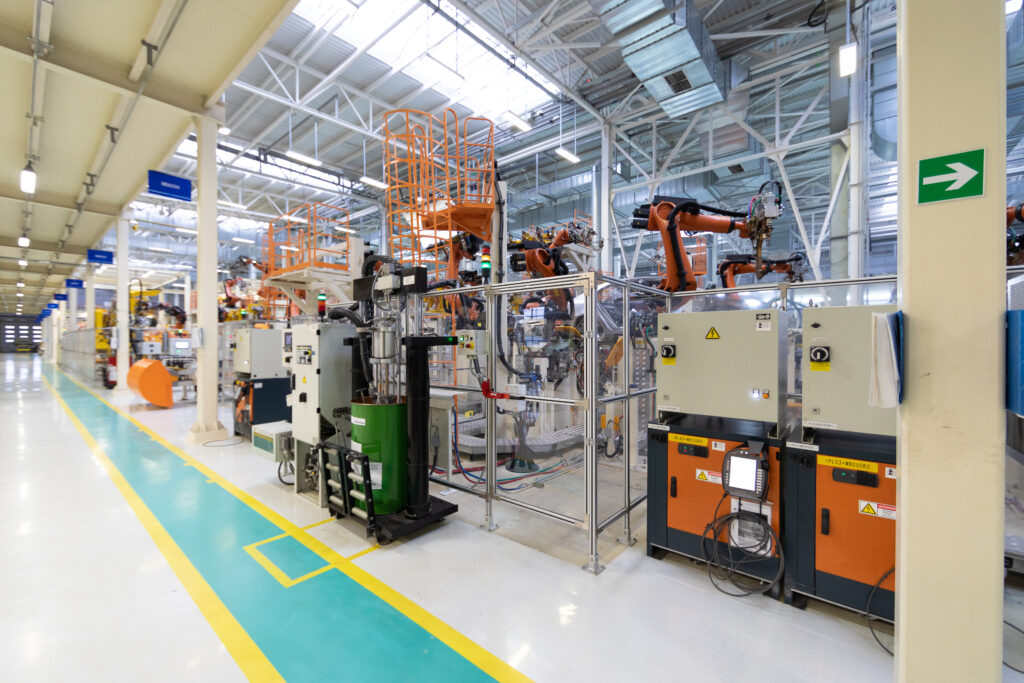
In the not-so-distant future, risk assessment in industries will rely heavily on big data and predictive analytics. Traditional methods will give way to data-driven insights that can identify potential hazards and provide proactive solutions.
By collecting and analyzing vast amounts of data, companies can predict risks and prevent accidents before they occur.
This trend is already taking hold, with some companies embracing FAT FINGER for safety management.
This gives them a lot of data to work with in decision making, putting them way ahead of the curve.
Example: Imagine a mining company using sensors to monitor ground stability in real-time. With the help of predictive analytics, any unusual shifts in the terrain can be detected.
This early warning system enables companies to take preventive actions, ensuring worker safety, and operational continuity.
Trend 2 – Artificial Intelligence and Machine Learning
Artificial intelligence (AI) and machine learning can process immense datasets and make autonomous decisions, enhancing safety and efficiency.
AI-powered systems can continuously monitor worker activities and environmental conditions. If a worker is approaching a hazardous zone without proper equipment, the system can alert both the worker and their supervisor in real-time.
The following are examples of how AI and ML will enhance real-time safety monitoring in different industries:
AI and ML in Mining Industry
Safety First
AI-driven drones and sensors can monitor operational sites, detect potential dangers, and even operate in hazardous environments. This technology can prevent accidents and save lives.
Optimizing Resource Management
AI and ML can optimize resource allocation by analyzing geological data, predicting equipment breakdowns, and improving logistics, ultimately reducing costs.
Revolutionizing Oil and Gas
Predicting Equipment Failures
In the oil and gas industry, AI and ML can predict equipment failures and identify potential environmental risks, ensuring compliance with regulations.
Efficient Exploration in Oil and Gas
AI-driven analysis of geological and seismic data can improve exploration success rates, reducing costs, and environmental impact.
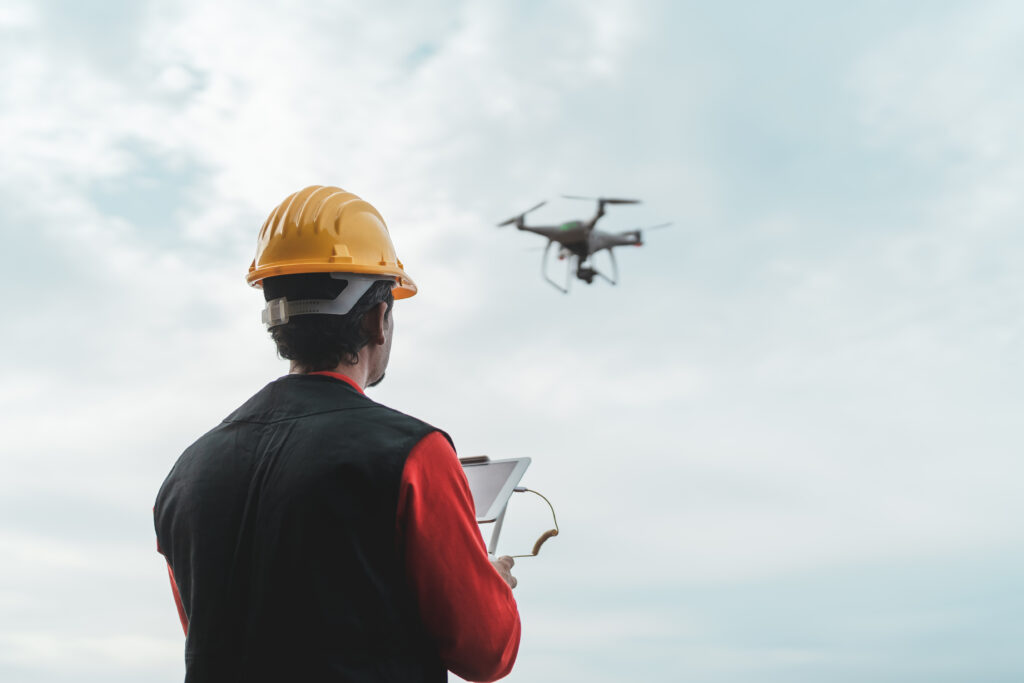
Transforming Energy Sector
Predictive Maintenance
In the energy sector, AI can predict equipment failures, allowing for timely maintenance, preventing unexpected downtime, and ensuring a continuous power supply.
Grid Management
AI can enhance the efficiency of energy grids by predicting demand, managing energy distribution, and incorporating renewable sources seamlessly.
Innovations in Construction
Improved Design and Planning
AI can analyze blueprints and design plans, optimizing construction processes, reducing waste, and shortening project timelines.
Safety Measures
Machine learning algorithms can analyze real-time data from construction sites to identify potential safety hazards, ensuring a safer work environment.
Trend 3 – Enhancing Worker Safety with Wearable Technology
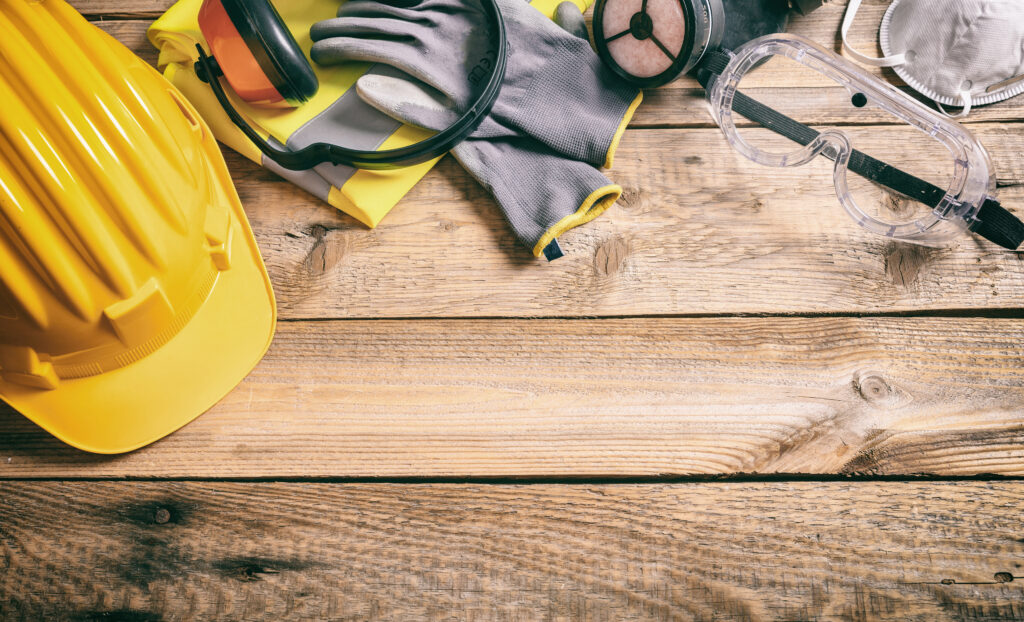
Wearable technology is no longer limited to fitness trackers. In high-risk industries, workers are now equipped with smart helmets, vests, and gloves embedded with sensors.
With wearable technology, employers can monitor workers’ well-being, and workers can receive immediate feedback and alerts empowering them to make informed decisions regarding their safety.
The following are some future trends to watch out for:
Wearable Technology in Mining
In the mining industry, wearable technology can monitor workers’ vital signs, detect hazardous gasses, and provide location information. This enhances safety and minimizes risks associated with mining operations.
Wearable Technology in Energy
For the energy sector, wearable devices can monitor workers in remote and potentially hazardous locations. Real-time data can help prevent accidents and improve emergency response.
Wearable Technology in Construction
In construction, wearable technology can monitor workers’ posture and activity levels, helping prevent injuries. It can also track equipment use and performance, ensuring safety and efficiency.
Wearable Technology in Oil and Gas
The oil and gas industry can benefit from wearable technology that detects leaks, monitors equipment, and assesses workers’ health in challenging environments. This technology reduces risks and improves overall safety.
Trend 4: Visualizing Risks with Augmented Reality (AR)
Augmented reality is set to transform the way risk assessments are conducted. In high-risk environments, AR can provide real-time information and guidance to workers, helping them navigate complex situations.
Imagine a construction worker wearing AR glasses that display potential hazards and safe paths in real-time. This technology makes risk assessment more intuitive and actionable.
AR Applications in Energy
The energy sector deals with volatile conditions and high-pressure operations. AR can assist in real-time monitoring and maintenance.
It can provide workers with data overlays, ensuring they are aware of potential risks and can take immediate action.
Furthermore, AR can be used for training purposes, helping new employees understand the intricacies of the energy industry in a safe and controlled environment.
AR Applications in Construction
The construction industry often involves numerous workers, complex projects, and a multitude of heavy machinery. This environment is inherently risky, and safety protocols are paramount.
AR will aid in site planning, project visualization, and machinery operation, ensuring safety procedures are followed diligently. Project managers can monitor progress in real time and make decisions based on actual conditions on the site.
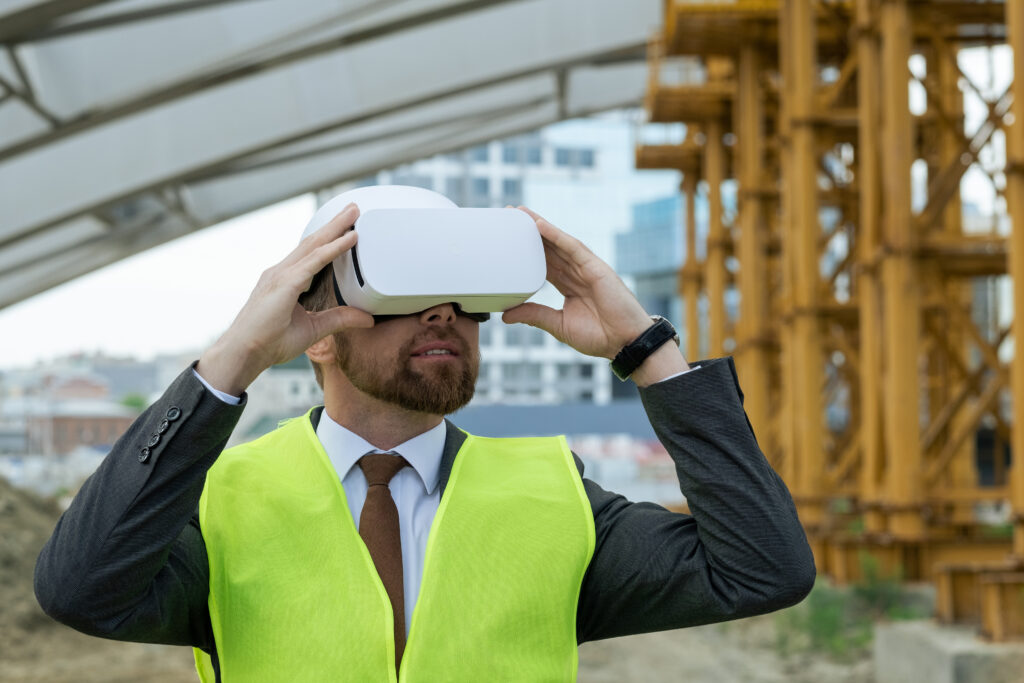
AR Applications in Mining
Mining operations are often carried out in challenging and hazardous environments. Miners must navigate complex terrains and face various risks.
AR can be used to provide miners with critical information about the terrain, detect hazardous conditions, and enhance navigation in underground environments. This technology has the potential to save lives and significantly reduce accidents.
AR Applications in Oil and Gas
The oil and gas industry operates in some of the most hazardous conditions. Workers often deal with high-pressure equipment and toxic substances.
AR can assist in maintenance and repairs, enhancing workers’ safety and reducing downtime. Workers can use AR devices to access critical information about equipment, helping them perform tasks more efficiently and safely.
Trend 5: Remote Monitoring with IoT Integration
The Internet of Things (IoT) connects devices and equipment, enabling them to communicate and share information. In the future, IoT will be a cornerstone of risk assessment in industries like oil and gas.
With IoT, companies can remotely monitor equipment performance and detect faults before they cause accidents. This not only ensures safety but also reduces downtime.
Integrating Internet of Things (IoT) technology has the potential to revolutionize risk assessment in the mining, energy, construction, and oil and gas industries in several ways:
Real-time Monitoring and Data Collection
IoT sensors and devices can be deployed throughout these industries to collect real-time data on various parameters such as temperature, pressure, humidity, equipment status, and environmental conditions. This constant data stream enables a more accurate and timely risk assessment.
Predictive Maintenance
IoT devices can monitor the health and performance of machinery and equipment. By analyzing data trends and anomalies, maintenance can be scheduled proactively, reducing the risk of sudden equipment failures, which can be catastrophic in these industries.
Enhanced Safety
IoT can improve safety by monitoring employee locations, environmental conditions, and equipment usage. It can alert workers to potential dangers and provide emergency response teams with real-time data in case of accidents or hazardous situations.
Environmental Monitoring
In the oil and gas sector, IoT sensors can monitor emissions and detect leaks promptly, minimizing environmental risks and complying with regulations. This data can also be used to demonstrate responsible environmental practices.
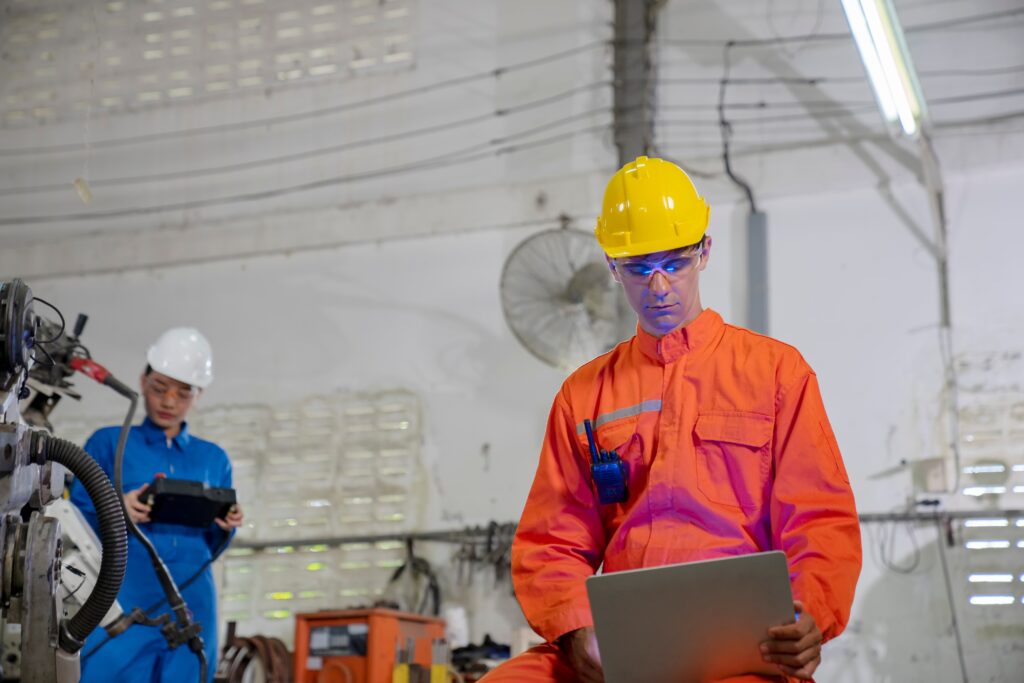
Supply Chain Optimization
For mining and energy industries, IoT can provide visibility into the supply chain, ensuring that the right materials are available when needed, reducing operational risks caused by delays and shortages.
Energy Efficiency
IoT can help reduce energy consumption through smart energy management systems. This not only reduces operational costs but also minimizes the environmental footprint, which can pose a significant risk in these industries due to environmental regulations.
Remote Operation and Control
With IoT, many tasks can be remotely controlled, reducing the need for on-site personnel in hazardous environments. This can significantly improve safety by minimizing human exposure to risks.
Compliance and Reporting
IoT can automate compliance monitoring by continuously collecting data required for regulatory reporting. This reduces the risk of non-compliance and associated penalties.
Insurance and Risk Assessment
With a wealth of real-time data, insurance companies can offer more accurate policies tailored to the specific risks of each operation. This can reduce insurance costs and improve risk management.
Business Continuity and Disaster Recovery:
IoT systems can help organizations prepare for and respond to natural disasters and emergencies, reducing downtime and potential financial losses.
FAQs
1. Are these technologies applicable to small businesses in high-risk industries?
Yes, many of these technologies are scalable and can be adopted by businesses of various sizes.
2. Can these trends reduce insurance costs for high-risk industries?
The ROI of risk assessment is undeniable. As safety measures improve, insurance costs may decrease for companies that implement these technologies and practices.
3. What role does government regulation play in these technological advancements in risk assessment?
Government regulations often drive the adoption of such technologies by setting safety standards and incentivizing their use. Learn more about regulatory requirements.
4. How can workers in high-risk industries adapt to these new technologies?
Training and education programs will be essential for workers to adapt to these technologies effectively, ensuring their safety and productivity. You can get started by finding out more details about risk assessment training.
How Can You Take Advantage of Future Trends in RA?
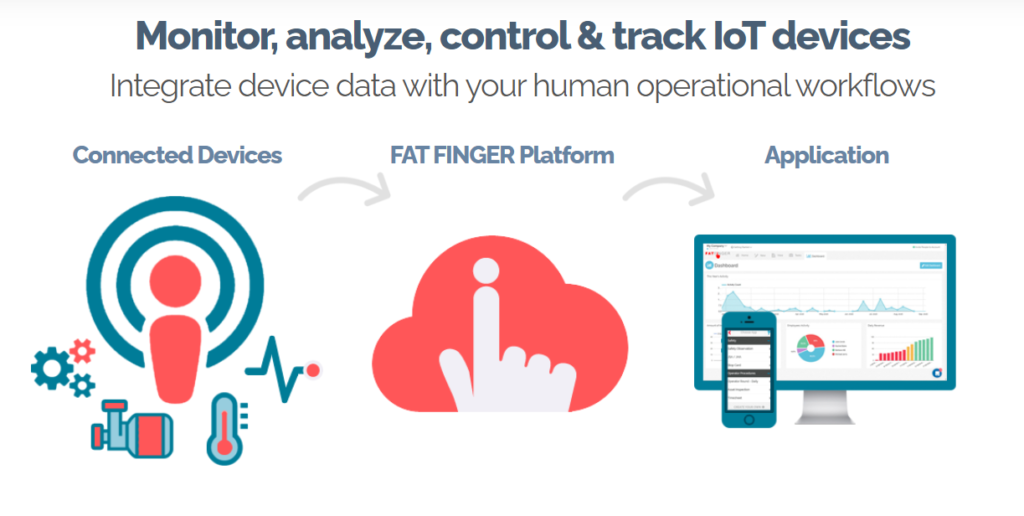
Digitize your processes with FAT FINGER, a workflow builder that’s disrupting the space with its intuitive and easy approach to workplace safety, operations, and maintenance management.
With FAT FINGER, you can:
- Build Augmented Reality workflows to streamline operations and boost productivity.
- Connect to IoT devices and all your enterprise systems to centralize task scheduling, management, and measurement.
- Provide real-time advice to operational personnel generated by Machine Learning & Artificial Intelligence to produce safer and optimized jobs.
Other Features of FAT FINGER
- Drag and drop workflow builder
- Mobile & Desktop Workflows
- Workflow
- Dashboards
- Integrations


